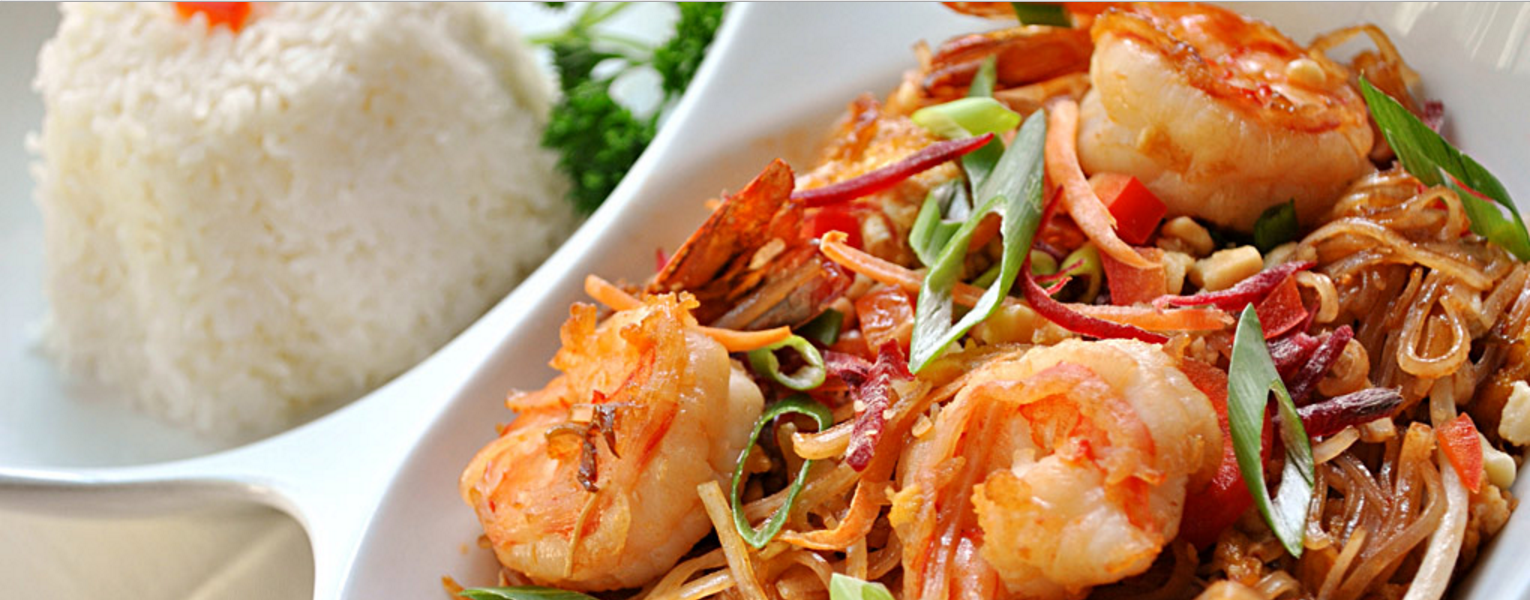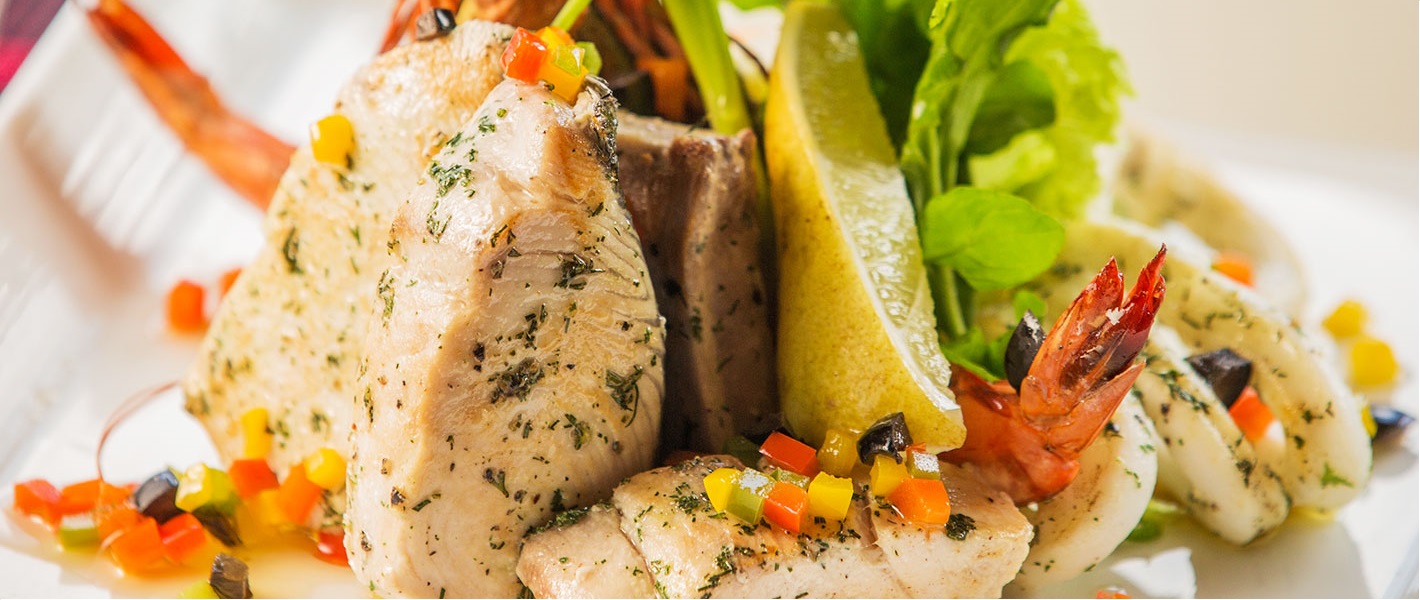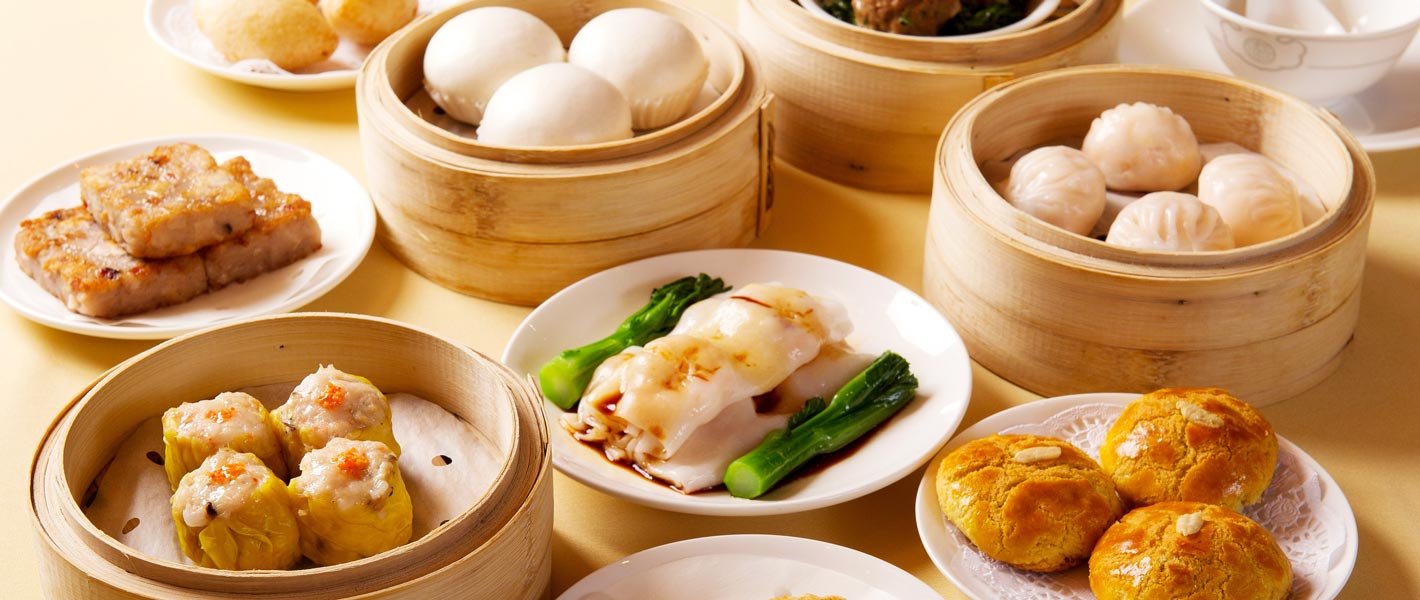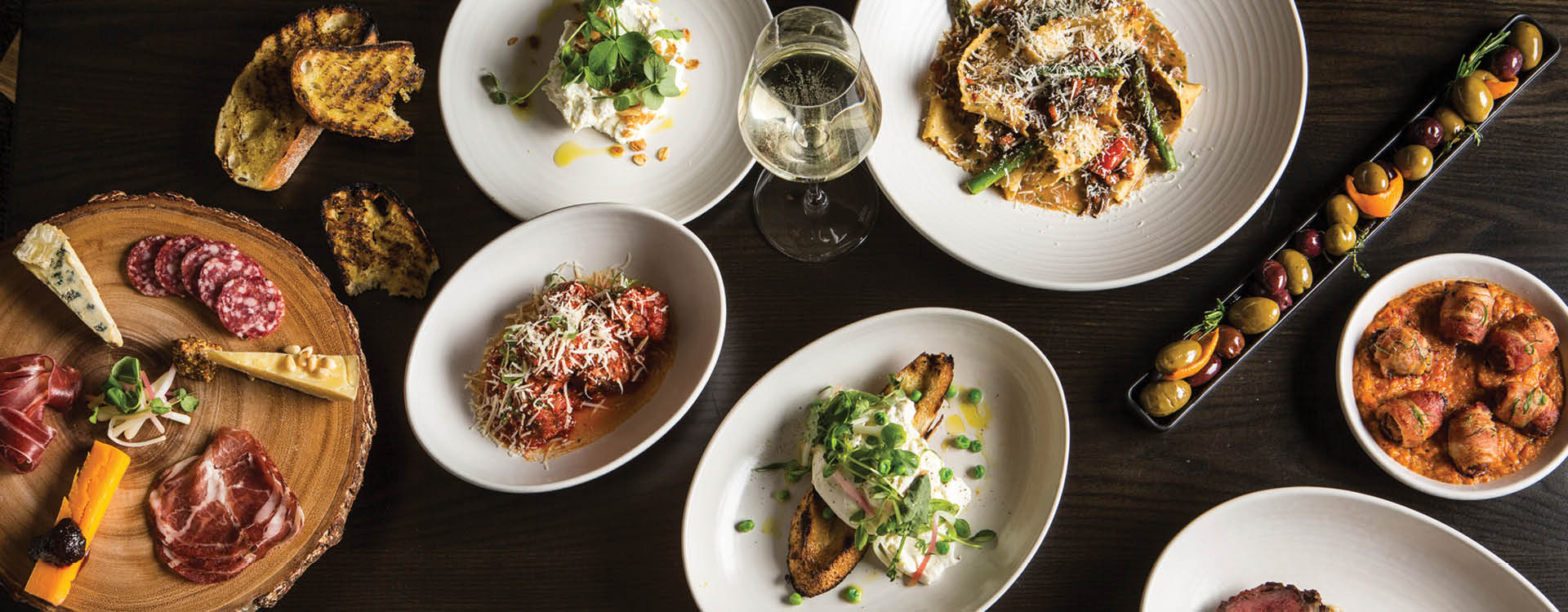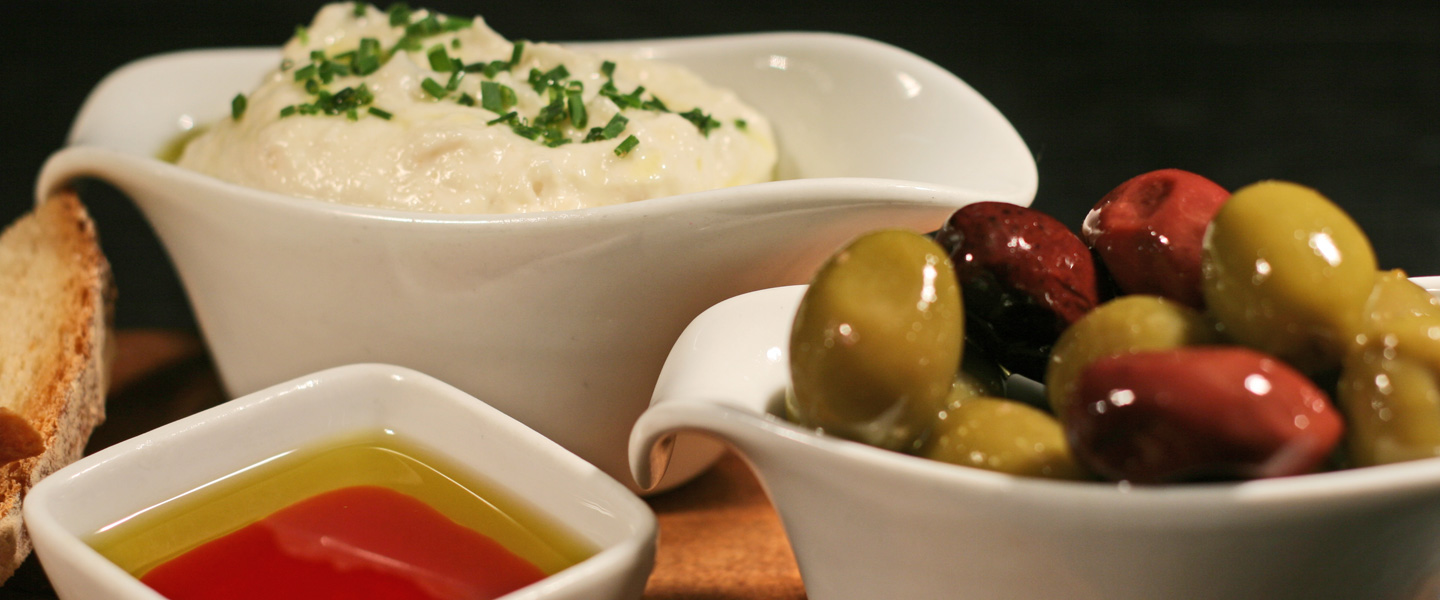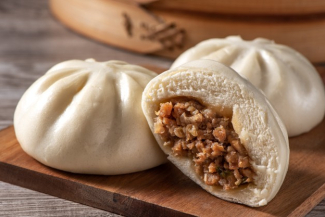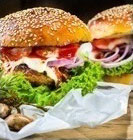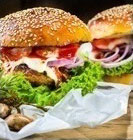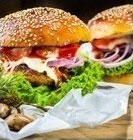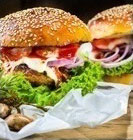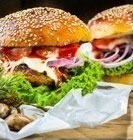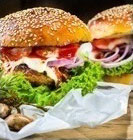Baozi
Chinese steamed buns (包子 (baozi or bao), in Chinese) literally translates to "a little package", is a type of yeast-leavened filled bun in various Chinese cuisines.
Chinese steamed buns were made with sourdough. They are round in shape with an enclosed filling, either with char siu pork (Chinese barbecue pork)or a traditional ground pork mixture with slices of Chinese lap cheong sausage and boiled egg. The fillings can be vegetarian or sweet fillings like sweet bean paste, lotus seed paste and black sesame paste etc.
Steamed buns can also be made plain, i.e. without any filling called mantou (饅頭/馒头), which are round in shape with a twisted knot at the top, to serve alongside roast duck or another . Mantou is a basic staple in northern part of China and served in every places of China not just the northern part.
Two types steamed bun are found in most parts of China and Indonesia: Dàbāo (大包, "big bun") and Xiǎobāo (小包, "small bun"). There are also another variants of filled buns:
Xiaolongbao(小籠包), a small, meat-filled baozi from Shanghai containing a juicy broth. Because it is succulent and prepared only with thin, partially leavened dough, it is sometimes considered different from other bao types, and more closely resembles a jiaozi (dumpling).
Shuǐjiānbāo(水煎包),Thatis a xiǎobāo (小包, "small bun") type, but pan-fried instead of steamed.
Shāobāo(燒包), braked buns, filled typically with traditional ground pork mixture or with either chicken, pork and shrimp mixture, or char siu pork (Chinese barbecue pork) .
Guàbāo(割包), originated as Fujianese street food. Unlike other types of Bao, Gua Bao is made by folding over the flat steamed dough and is thus open. Designed to fit easily in your hands and has a wide variety of fillings. Many Taiwanese consider Gua Bao is one of the national dishes of Taiwan.
Due to the long history. Chinese overseas diaspora in Malaysia, the Malays and Southeast Asia have adopted these buns as their own bun. A particularly Malay form of the baozi (called pau in Malay) is filled with potato curry, chicken curry or beef curry that are similar to the fillings of Malay curry puffs. Some variants have a quail egg in the middle, in addition to the curry. Due to the Muslim beliefs of most Malays, these buns are halal and contain no pork. One can find Malay stalls selling the buns by the roadside, at pasar malams (night markets), highway rest stops, and pasar Ramadans (Ramadan food bazaars).
Similarly, in Indonesia the dish has been adopted into Indonesian cuisine through the integration of Chinese culture. It has been adopted through the Hokkien name of bakpau. In addition to meat fillings, local variants include: chocolate, sweet potato, and marmalade filling. Bakpau is found in Indonesia as a take away food sold by cart street hawkers. Bakpau in Indonesia is usually sold in dabao size (lit: "big pau").
In the Philippines, their version of baozi is called siopao brought by Chinese immigrants (Sangleys) prior to Spanish colonialism.[citation needed] A Filipino siopao filling contains meatballs, Philippine adobo, flaked tuna and pork, and sometimes chocolate and cheese.
A similar concept is also present in Thailand, called salapao.
Bánh bao is the Vietnamese version of the Cantonese tai bao (dàbao大包, "big bun") that was brought over by Chinese immigrants. The Vietnamese variant streamed buns have either a quail egg or salted egg in the middle of the minced pork filling.
Read more





